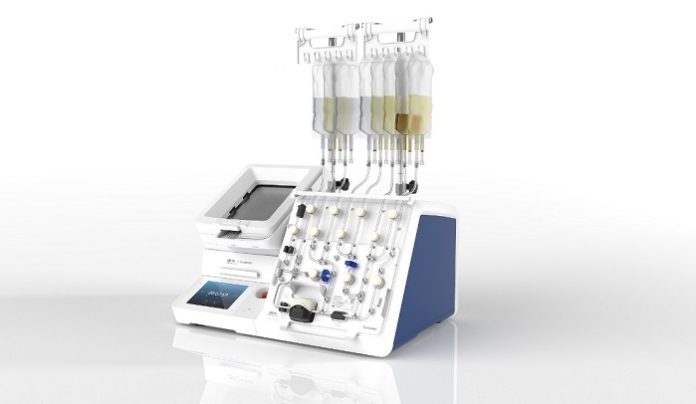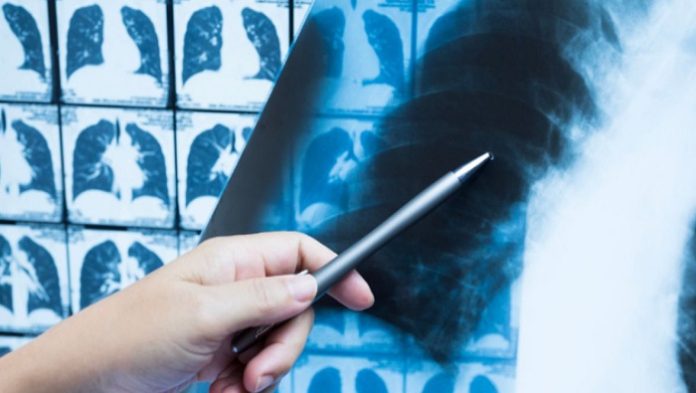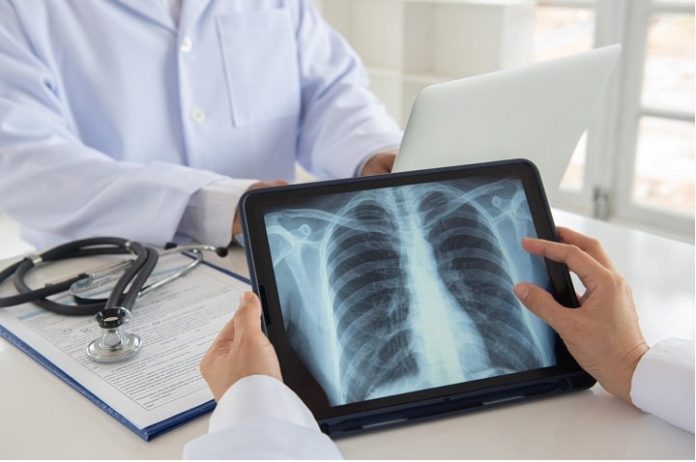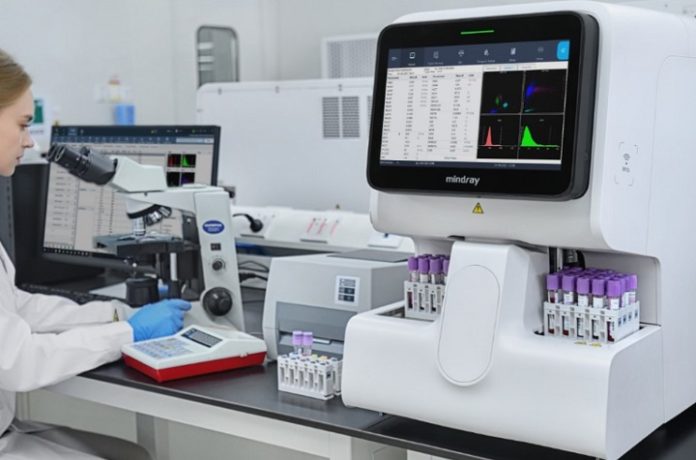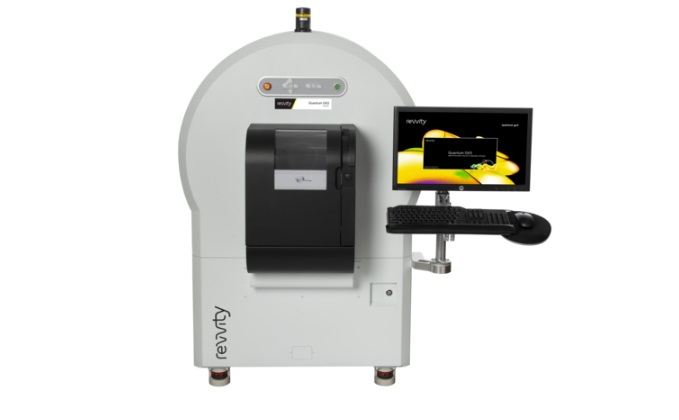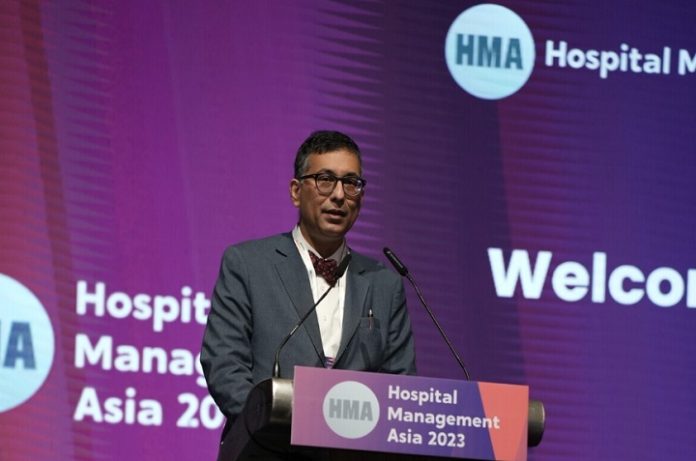In the recent few decades, ED or Erectile Dysfunction as we know it has taken an upward trajectory, becoming one of the most dreaded and prevalent medical conditions among men. While it tends to be more concentrated among the aging population of men, ED can affect men of any age group.
This is largely because it is linked to physical, medical, and lifestyle factors like obesity, injury, disease, genetics, and substance abuse.
But what if you suffered an injury that affected your nerves? From loss of sensation to painful sex and changes in sexual desire, keep reading to find out if and how nerve injury could cause sexual dysfunction.
How Our Nervous System Connects To Sexual Health
Your nervous system is essentially the ‘master controller’ for all your body’s processes, including sexual responses.
Coordinating everything from getting aroused, and maintaining an erection to reaching orgasm, our nerves play a key role in sexual performance.
Unfortunately, when these channels of communication get interrupted by injuries or diseases, it may lead to various forms of sexual dysfunctions including erectile dysfunction (ED).
Identifying the Main Culprits: Types Of Injuries Causing Sexual Dysfunction
There are various ways in which nerve injuries could lead to sexual dysfunction. Some commonly encountered ones include damage suffered during surgical procedures near the pelvic region or through accidents affecting the spinal cord.
These injuries could interrupt the information flow along nerves that are crucial for the normal functioning of sexual responses.
Conditions like diabetes and multiple sclerosis may also contribute due to their impact on nerve health, resulting in issues like erectile dysfunction or reduced sex drive.
Spotlight on Symptoms: How to Know If You’re Nerves Are Interfering with Your Sex Life
Aside from the obvious symptom of struggling to maintain an erection, other signs that you might have nerve-related sexual dysfunction can be subtler. Some men may experience decreased sensitivity in the penis, others might notice a lack of sexual desire. In some cases, there might be abnormal ejaculation patterns or even painful ejaculations.
Love in the Time of Nerve Injury: Coping Strategies for Affected Couples
Navigating a nerve-related sexual dysfunction is not only a personal journey but can significantly influence your relationship too. It’s important to keep lines of communication open and discuss fears, expectations and hopes with your partner.
Exploring different avenues of intimacy such as massages, kisses or cuddling can help maintain a strong emotional connection despite physical roadblocks.
Interestingly, some men use load boost supplements to naturally enhance their orgasm intensity and increase semen volume, positively impacting their intimate lives. Those with above-average fantasies even claim it improves semen flavor.
In addition to these measures, considering professional help like a sex therapist or counselor could provide you with bespoke guidance and solutions tailored specifically to your condition. The problem is not always with men!
Navigating Medical Help: The Importance of Professional Consultation
If you’re experiencing symptoms of nerve-related sexual dysfunction, don’t hesitate to reach out to a healthcare professional. They can help diagnose potential nerve damage through procedures such as penile nerve function tests.
Once the underlying cause is determined, they can guide you towards treatments uniquely suited for your case, whether that means tackling root causes like diabetes or discussing viable alternatives like surgical implants.
This way, you’re not relying solely on self-diagnosis but ensuring that your approach to recovery is structured and medically sound.
Living a Fulfilling Life Beyond ED: Lifestyle Changes For Men with Nerve Injuries
Maintaining a desirable quality of life despite having nerve-related sexual dysfunction is absolutely possible. It involves acknowledging the problem, seeking professional help, and implementing certain lifestyle modifications.
A balanced diet, regular exercise, and sufficient rest can improve overall health and positively influence nerve function. Reducing stress through relaxation techniques like meditation or deep breathing exercises can also help manage symptoms.
In addition to these, staying connected with your partner emotionally and physically goes a long way in coping with the situation effectively.
Summing It Up:
In conclusion, nerve injuries can indeed lead to sexual dysfunction, disrupting normal sexual responses. However, with early diagnosis, medical intervention, and lifestyle modifications, managing these conditions is entirely doable.
The key lies in communication, both with your partner and healthcare provider. This can ensure that your journey towards recovery is supportive and well-informed. As we’ve also seen, natural supplements that improve performance are also available if you care to look.
Whether you read this for you or your partner, happy recovery, and all the best under the sheets whichever approach you take.


















